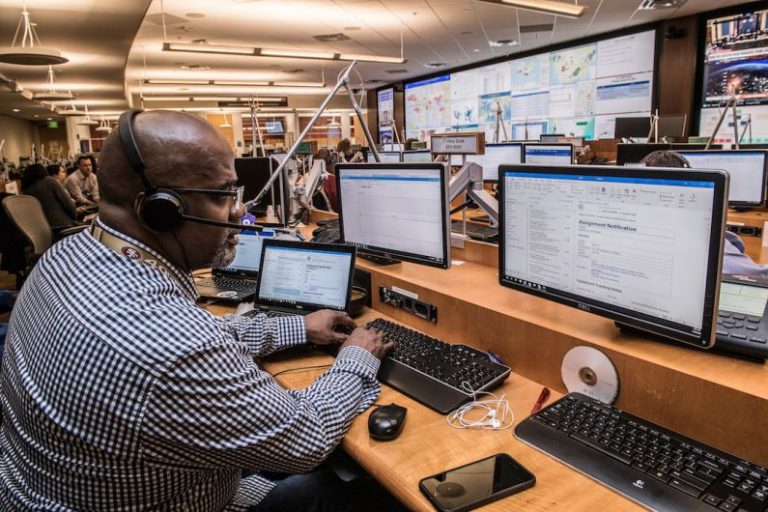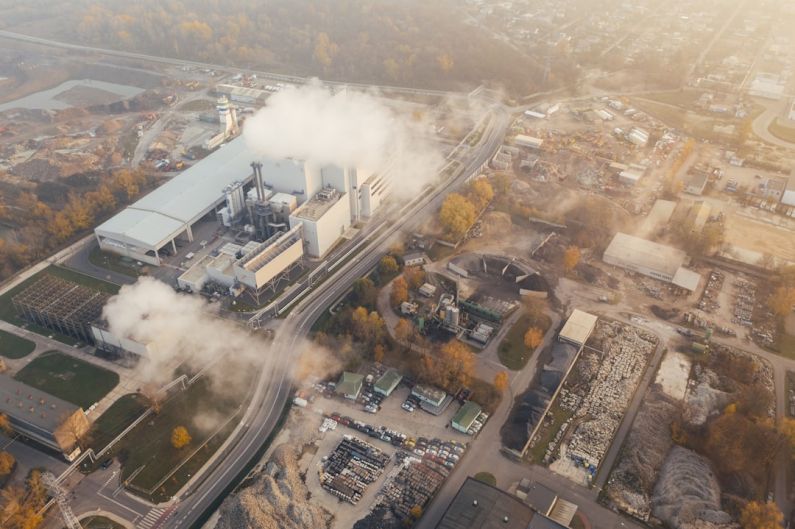Building Community Gardens for Everyone
Community gardens have become increasingly popular in recent years, providing individuals and neighborhoods with a space to grow their own fruits, vegetables, and flowers. These gardens offer numerous benefits, such as promoting local food production, fostering a sense of community, and improving mental and physical health. However, not everyone has access to community gardens due to various reasons. In order to ensure that everyone can enjoy the benefits of community gardening, it is important to build gardens that are inclusive and accessible to all.
Creating Accessible Spaces
One of the key factors in building community gardens for everyone is ensuring that they are accessible to people of all abilities. This includes incorporating features such as raised garden beds, wheelchair ramps, and wide pathways to accommodate individuals with physical limitations. By making these adjustments, community gardens can become welcoming spaces for individuals with disabilities, allowing them to actively participate in gardening activities and enjoy the benefits of connecting with nature.
Engaging Diverse Communities
In order to truly be for everyone, community gardens must also engage and include individuals from diverse backgrounds and cultures. This can be achieved by actively reaching out to different communities and providing resources and educational programs that cater to their specific needs. For example, offering gardening workshops in different languages or organizing cultural events that celebrate the diverse traditions and practices related to gardening can help foster a sense of belonging and inclusion among all community members.
Addressing Food Insecurity
Another important aspect of building community gardens for everyone is addressing food insecurity. Many individuals and families lack access to fresh and healthy produce, either due to financial constraints or living in food deserts. By building community gardens in these areas and offering affordable or free gardening plots, individuals who face food insecurity can have the opportunity to grow their own nutritious food. Additionally, community gardens can also serve as spaces for educational programs on topics such as food preservation and cooking, empowering individuals to make the most of their harvest.
Promoting Sustainability
Community gardens have the potential to not only provide individuals with fresh produce but also contribute to sustainable practices. By implementing environmentally friendly gardening techniques such as composting, rainwater harvesting, and using organic fertilizers, community gardens can reduce their environmental impact and serve as models for sustainable urban agriculture. Educating gardeners about these practices and providing them with the necessary resources can help create environmentally conscious communities that prioritize sustainable living.
Enhancing Mental and Physical Health
Community gardens are not only beneficial for the environment and food production but also for the mental and physical health of individuals. Gardening has been proven to reduce stress, improve mood, and increase physical activity. In order to ensure that community gardens are accessible to everyone, it is essential to create spaces that accommodate individuals with mental health challenges or physical limitations. Additionally, offering gardening programs specifically designed to promote mental and physical well-being, such as therapeutic horticulture or gardening for seniors, can further enhance the health benefits of community gardens.
Conclusion: A Garden for All
Building community gardens for everyone requires a holistic approach that takes into account the diverse needs and challenges faced by different individuals and communities. By creating accessible spaces, engaging diverse communities, addressing food insecurity, promoting sustainability, and enhancing mental and physical health, community gardens can truly become inclusive spaces that benefit everyone. By investing in community gardens that are accessible and welcoming to all, we can create environments that foster a sense of belonging, promote healthy living, and strengthen the bonds within our communities. Let us work together to build gardens that truly are for everyone.






